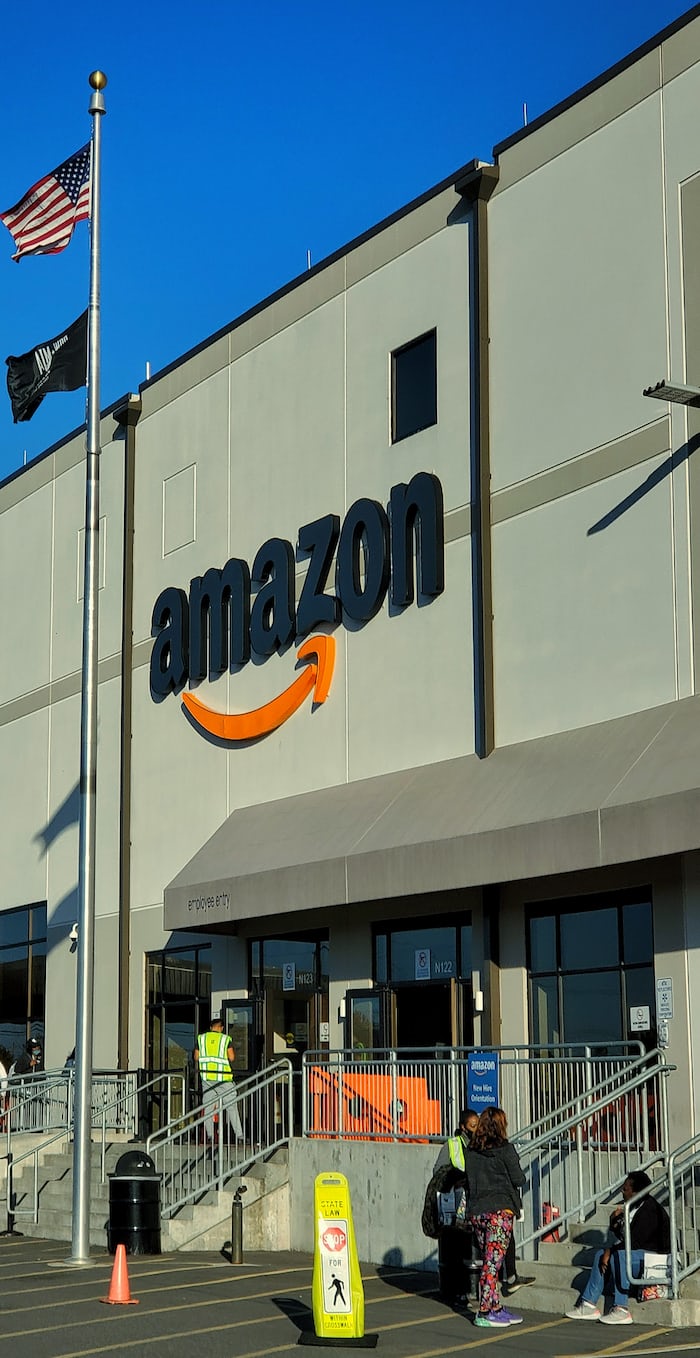Last updated Aug. 2, 2024 by Okechukwu Nkemdirim
The Difference Between Homeowners Insurance and Hazard Insurance
Introduction
Insurance can be a complex topic filled with jargon and fine print, leaving many homeowners scratching their heads. Among the most misunderstood areas are homeowners insurance and hazard insurance. While they might seem similar—and are even used interchangeably at times—they cover different aspects related to home protection. This article will delve into the detailed distinctions, covering what each type includes, their specific benefits, and why having both is crucial.
What is Homeowners Insurance?
Homeowners insurance is a comprehensive policy designed to protect against a multitude of risks and liabilities. This type of insurance combines property insurance, covering the physical structure of your home, and liability insurance that protects you against legal actions due to accidents within your property.
Homeowners insurance usually includes the following components:
- Dwelling Coverage: This protects the physical structure of your home from risks such as fire, windstorms, or vandalism.
- Other Structures Coverage: This covers detached structures like garages, sheds, or fences.
- Personal Property Coverage: This offers protection for personal belongings such as furniture, electronics, and jewelry.
- Loss of Use Coverage: This provides financial assistance for temporary housing if your home becomes uninhabitable due to covered damage.
- Personal Liability Coverage: This provides protection against lawsuits resulting from injury or property damage caused by you or other residents in your home.
- Medical Payments to Others: This covers small medical expenses if a guest is injured on your property.
In sum, homeowners insurance is a robust and multifaceted policy aimed at providing a safety net for not just your home but also your financial well-being.
What is Hazard Insurance?
Hazard insurance, on the other hand, is a subset of homeowners insurance that specifically focuses on covering the structure of your home against damages caused by "hazards" or perils. These hazards typically include natural disasters like fire, wind, hail, and other adverse events.
Lenders often require homeowners to obtain hazard insurance before approving a mortgage. Hazard insurance does not typically cover your personal property, liability, or other supplementary benefits that homeowners insurance might offer.
Hazard insurance generally includes:
- Fire Coverage: Protection against damage caused by fire.
- Windstorm Coverage: Covers damage caused by severe winds.
- Hail Damage: Protection against hailstorms.
- Lightning: Coverage for damages caused by lightning strikes.
In essence, hazard insurance is narrowly focused and acts as a critical component within the broader scope of homeowners insurance to protect your dwelling’s structure from specific perils.
✓ Short Answer
Homeowners insurance is a comprehensive policy covering property, liability, and more, while hazard insurance specifically focuses on structural damage from perils like fire and wind. Both are crucial for full protection.
Key Differences
-
Scope of Coverage:
- Homeowners Insurance: Comprehensive; it covers your dwelling, personal property, liability, and additional living expenses.
- Hazard Insurance: Specific; it focuses solely on the structure of your home against particular perils.
-
Insurance Requirements:
- Homeowners Insurance: Often required by lenders and highly recommended for protection against a variety of risks.
- Hazard Insurance: Typically required by lenders as part of the mortgage approval process.
-
Financial Impact:
- Homeowners Insurance: Costlier but offers extensive protection against a wide range of risks.
- Hazard Insurance: Usually less expensive as it provides limited coverage.
- Claims Process:
- Homeowners Insurance: Can handle a variety of claims ranging from theft, liability, property damage to additional living expenses.
- Hazard Insurance: Primarily concerned with claims related specifically to the dwelling’s structure due to covered hazards.
Why You Need Both
While hazard insurance is a critical requirement for homeowners, it alone is insufficient for comprehensive protection. Having homeowners insurance ensures you have a wider protective umbrella covering your property, personal liability, and additional living expenses.
Real-Life Scenarios
-
Scenario One: Fire Damage
- Homeowners Insurance: Covers the structure, personal belongings, and provides funds for temporary housing.
- Hazard Insurance: Only covers the repair or reconstruction of your home.
-
Scenario Two: Theft
- Homeowners Insurance: Covers stolen personal property and repairs needed due to break-in.
- Hazard Insurance: Offers no protection against theft.
- Scenario Three: Severe Storm
- Homeowners Insurance: Covers structural damage, personal property damage, and additional living expenses if you need temporary housing.
- Hazard Insurance: Only covers structural damage to your home.
Conclusion
In conclusion, while both homeowners insurance and hazard insurance serve protective roles, they are markedly different in scope and depth of coverage. Homeowners insurance provides a broader level of protection encompassing various aspects such as personal liability, property, and additional living expenses. In contrast, hazard insurance serves as a critical subset, focusing specifically on safeguarding the physical structure from specific perils. Having both ensures comprehensive protection, safeguarding not just your home but your financial well-being as well.
Frequently Asked Questions (FAQs)
1. What does homeowners insurance cover that hazard insurance does not?
- Homeowners insurance covers personal property, liability, and additional living expenses apart from just the dwelling.
2. Is hazard insurance a part of homeowners insurance?
- Yes, hazard insurance is a subset of homeowners insurance focusing on the structural protection of your home against certain perils.
3. Can I have hazard insurance without homeowners insurance?
- While it’s technically possible, it’s generally not recommended as it offers limited protection.
4. Why do lenders require hazard insurance?
- Lenders require hazard insurance to ensure the property’s structure, which serves as collateral, is protected against certain perils.
5. How is the cost of homeowners insurance determined?
- Costs are based on various factors including location, home value, coverage amount, and risk factors.
6. Do both types of insurance cover flood damage?
- Typically, neither homeowners nor hazard insurance covers flood damage. A separate flood insurance policy is generally required.
7. How do I know how much coverage I need?
- Coverage needs can be determined by assessing the value of your home, possessions, and potential risks. Consulting with an insurance expert is advised.



![The Top Four Resources for Financial Literacy [2023]](https://paypant.com/wp-content/uploads/2024/06/The-Top-Four-Resources-for-Financial-Literacy-2023-768x512.jpg)

